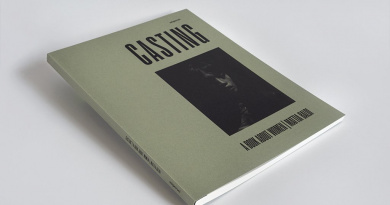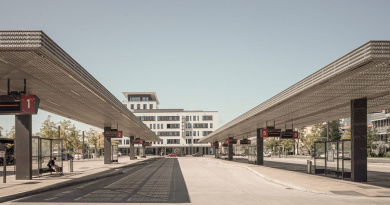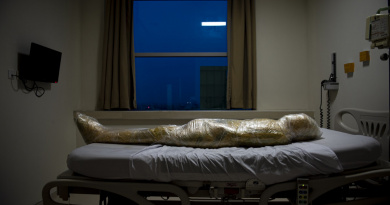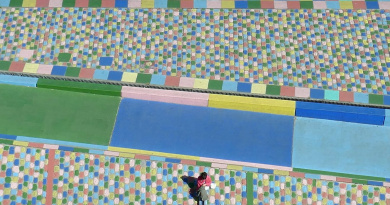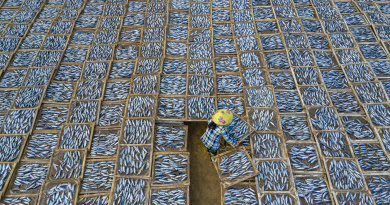Felicific Calculus is already gaining significant recognition. It is exhibited at CEPA Gallery in Buffalo, NY, until June 2021, as a work in progress. The project has received a Warhol Foundation grant, which will monetarily support the CEPA exhibition and a publication. This project was awarded a fellowship from the Midwest Center for Photography in 2018. It has also garnered a spot as a Critical Mass Finalist in 2019 and 2020, along with making the second round of the Creative Capital Award for 2019. In the past year or two, this body of work has begun to generate increased appreciation even though the project is still in its infancy. Featured articles, along with interviews, were recently published in Black & White Magazine, Analog Forever Magazine, Catalyst Interview, Texas Photo Society, Chaleur Magazine, and City Newspaper. Other printed publications include Dodho Magazine #7, All About Photo #12, Dek Unu Magazine, and Friends of the Artist.
This photographic series has been featured in many group exhibitions, including The Rust Belt Biennial (2019), The Best of the Photo Review 2018 and 2020, Contemporary Photography 2008-2018 at SITE: BROOKLYN, Honored at the Philadelphia Photo Arts Center, and 2017 International Juried Exhibition at Center for Photographic Art. It was also awarded a solo exhibition at Gallery 19 in Chicago titled Lifelines Throughout the United States. In 2019, Eric Kunsman was named as one of the Top 10 B&W photographers of 2018 by BWGallerist. As of 2019, He is represented by HOTE Gallery in Los Angeles, CA, and Malamegi Design Da Parete in Italy.
“Felicific Calculus: a method of determining the rightness of an action by balancing the probable pleasures and pains that it would produce.”
—Merriam-Webster Dictionary
ARTIST STATEMENT FOR FELICIFIC CALCULUS
In the later 18th century, as the U.S. and French Revolutions captured the attention of Europe, reformer, and Utilitarian philosopher Jeremy Bentham (1748–1832) proposed an algorithm to help determine the moral rightness of an action by balancing the probable pleasures and pains that it would produce. In the 1940s, social reformers revisited Bentham’s algorithm, naming it the Felicific Calculus.
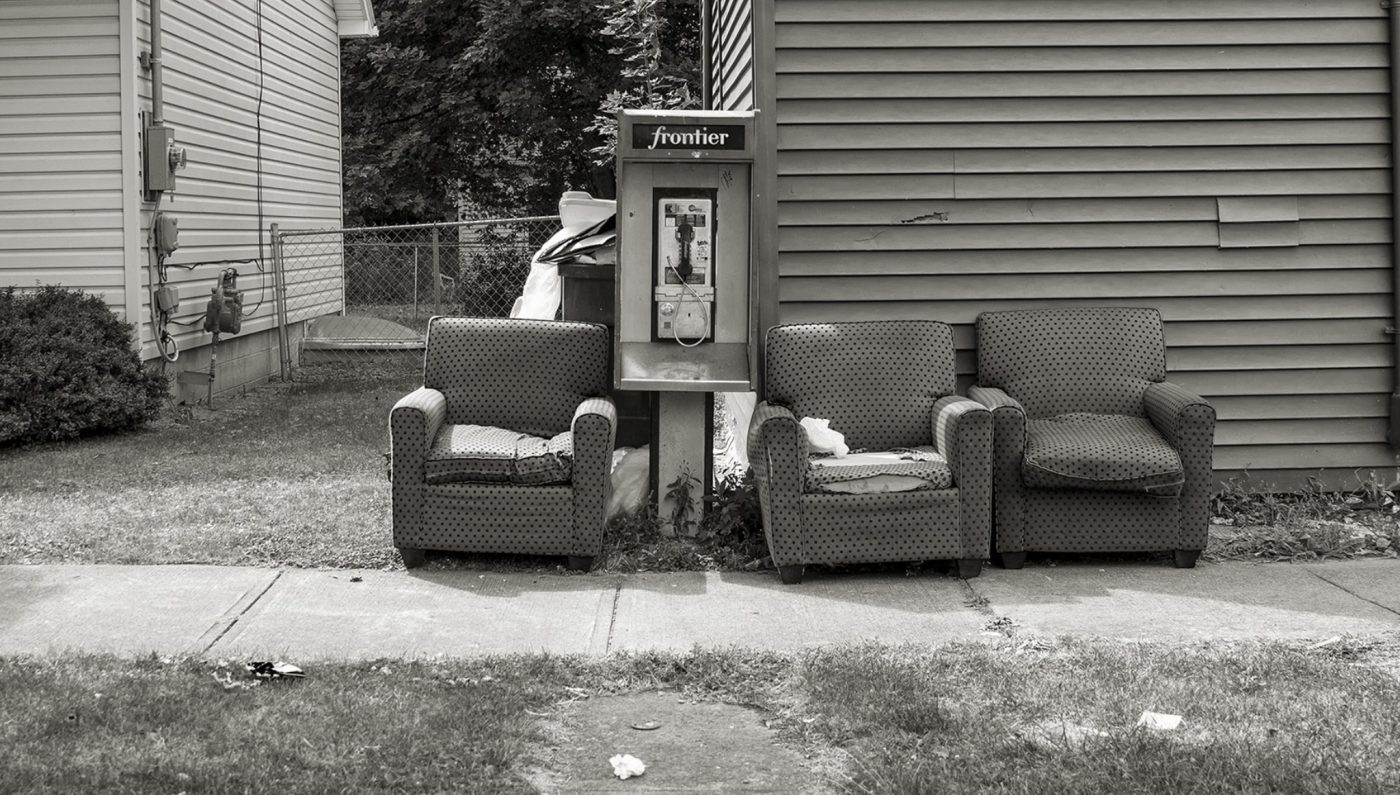
© Eric Kunsman
PAYPHONES?
In 2017, I relocated my studio to a different part of Rochester, NY. Colleagues immediately questioned my choice of locations, making comments along the lines of: “…that area is a war zone…” My experience with the new neighborhood was consistently positive, so I pushed back, asking why they thought this neighborhood was especially dangerous.
People focused on the visuals of the neighborhood when they were explaining their reactions. Most cues mentioned were to be expected: abandoned buildings, run-down corner stores, piles of garbage, people loitering. A number of people, however, noted a factor that caught me by surprise: the number of payphones still in the neighborhood. Their opinion was that these days only criminals use payphones.
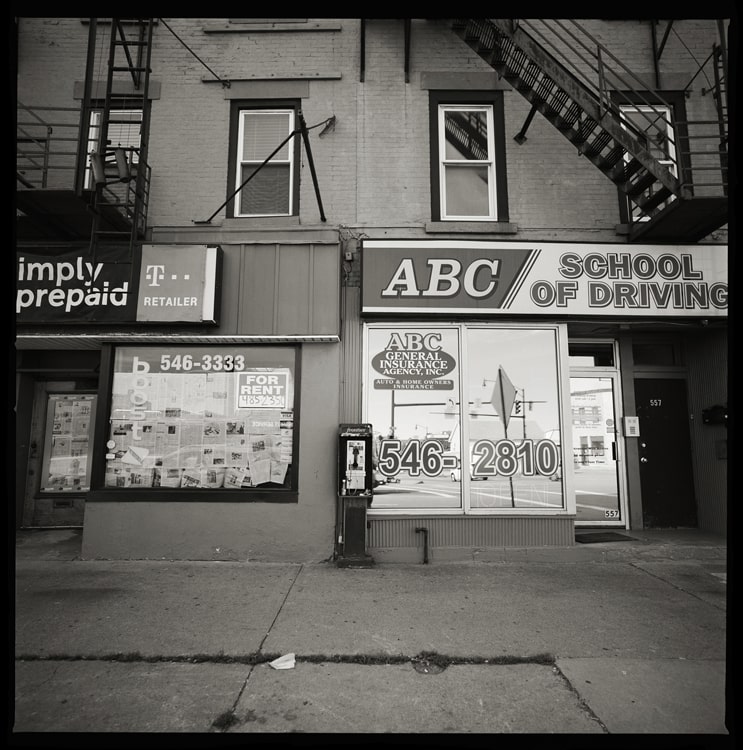
These types of knee-jerk judgments poked the bear. I started researching their observations, camera in hand. There was an unusually high number of payphones in that neighborhood, and as I began photographing, observing and testing them, I was surprised to find that the vast majority of these phones still worked. I started mapping the location of phones, then overlaid them with census maps showing economic status, ethnicity, age and sex, and the city’s crime map. The maps supported the story documented in the photographs: they demonstrated a direct correlation between the poverty level of a neighborhood and the location of the phones. Areas with the most payphones coincided with Rochester neighborhoods where the average family incomes are less than $20,000 annually. And although the crime maps showed small pockets of crime in the poorest communities, there was no direct correlation between the location of payphones and incidents of crime. (A December 2013 article in Rochester’s Democrat & Chronicle investigating the decline of the city’s 3,055 public phones reported how they served as a lifeline for many individuals in these communities.)
Researching further, I learned that the working payphones in the Greater Rochester communities reflected an unusually altruistic “felicific calculus” on the part of Frontier Communications, the local telecommunications provider. Aware of the poverty in some areas of the city, the company chose to leave and maintain public phones in the areas where they are most needed (the phones, on average, were used once every four days). This choice by Frontier is not the typical profit-driven decision usually seen in corporate America, but appears to be one based on actual community service.
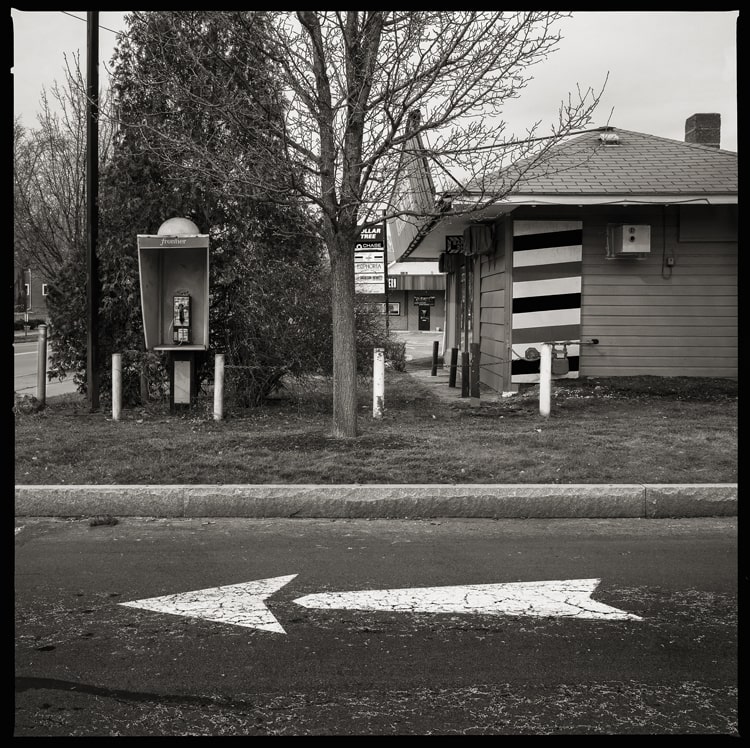
When they learned about this project, Frontier Communications provided a list of their 1,455 payphones remaining in the Greater Rochester, NY region as of 2018. I am currently photographing each of these locations—whether the payphone is there or not. At the same time, I am documenting which of the phones still work and mapping those sites.
The payphone location maps that I create will also serve as transparent overlays placed on top of maps featuring census data, crime maps, and other socioeconomic data. The overlay maps will have the legend for the base map covered with a full black box. When a viewer lifts the transparent map of payphone locations, it will reveal the legend for the information those individuals were observing. The lack of prior knowledge will ensure the viewers observe the maps without a biased visualization that the legend would have provided. The interaction of forcing the individuals to lift the transparency of the payphone maps will cause user engagement throughout the gallery where the various maps will be located.
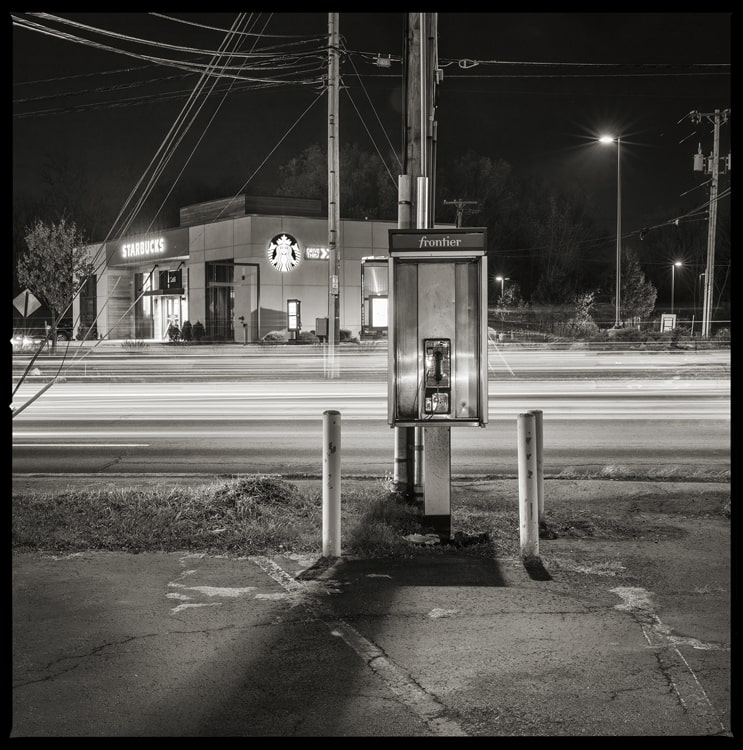
Beginning in November 2020, I will start leaving a postcard on all the phones with working dial tones. The postcard will invite payphone users to participate in a short, audio-only interview about their use of the phone. (A $10 one-time payment in the form of a calling card will be provided for their time.) Stories shared (anonymously) by individuals using these phones as a life-line will be archived and incorporated into an expanded Felicific Calculus exhibit as an interactive component. Visitors to the exhibition will be able to pick up the receiver of a payphone on display (alongside the photographs) and hear a first-hand account from individuals who depend on the Rochester payphones. I am currently collecting payphones to modify the functionality for the playback of the audio.
Kodak has provided a large amount of the film being used towards capturing this series. The choice to photograph using film, rather than digital technology for this project, carries a particular weight for me. After all, the demise of manufacturing giants like Kodak, Xerox, Bausch & Lomb, and many other blue collar industries played such a critical role in the current socioeconomic struggles of the greater Rochester, NY region.
The pace of technological change has accelerated rapidly in recent years, too often outpacing the ability of the current social structure and policymakers to assure equal access of new technology to socially and economically vulnerable citizens. It seems that as the divide between those who can afford to stay up-to date with the latest technology and those who cannot grow even more extensive, causing unconscious biases to come into play. Judgments seem to be formed more quickly about people who cannot access contemporary technologies in their daily lives, and who continue to depend on technologies that just a decade or so ago were “normal.” Those unacknowledged biases sometimes lead to mislabeling of a neighborhood or community in ways that further impede that community’s progress. In addition, it may potentially lead to dangerous situations if employed by policymakers.
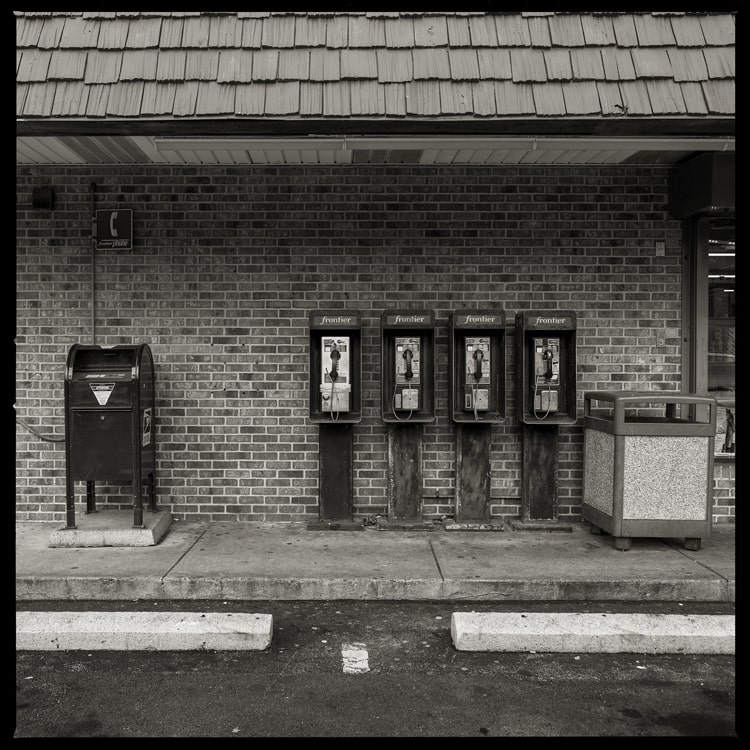
Through Felicific Calculus, I hope to challenge negative preconceptions that lead some people to conflate poverty with crime unfairly. Through the use of my images and the map overlays. I will be creating a juxtaposition expecting that relationship to engage viewers to examine their gut perceptions of social markers, like payphones, and explore the gaps between their prejudgments and the reality of the situation. Though relics to most of us, payphones remain important for residents trapped in lower economic circumstances.
To date, I have photographed 723 of the 1,455 payphones in the Greater Rochester, NY region. I feel a sense of urgency to complete this project and raise the public awareness of the importance of these payphones to the more impoverished communities in Rochester before the 2022 payback deadline for Frontier Communications debt of 10.5 million dollars.
Felicific Calculus will be presented as a multi-faceted body of work with the photographs, interactive maps, and payphones with voice recordings. CEPA Gallery in Buffalo, NY, has committed to hosting Felicific Calculus in 2021 in all three galleries from April through June. The Warhol Foundations has provided a modest amount of funding towards the exhibition and a publication created for the show. The exhibition will contain the photographs and supporting elements I have made until the month before the show. Alison Nordstrom will be writing the introduction for the publication created for this exhibition.
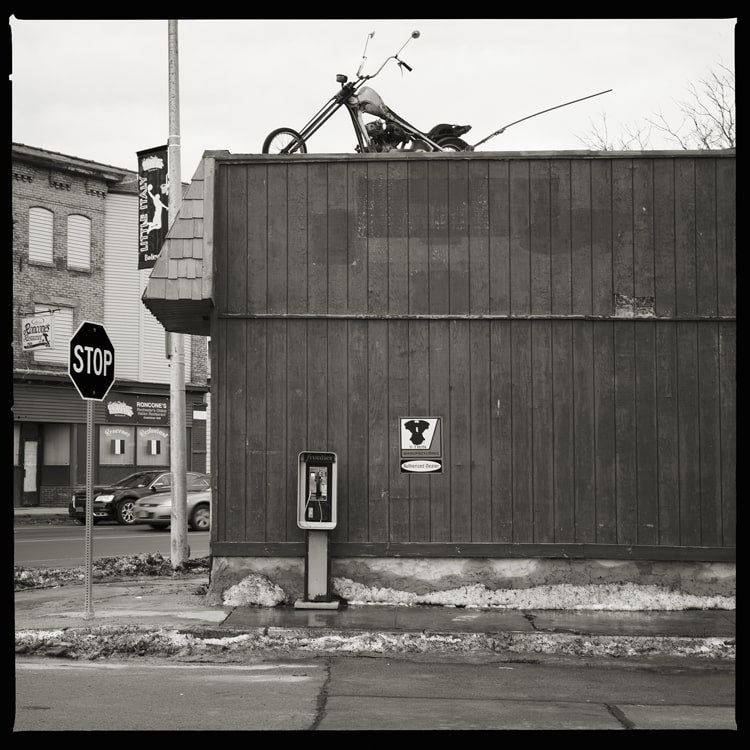
CEPA has also committed to including a related community engagement project where we will encourage an empathetic experience for the visitors. Viewers of the exhibition will be invited to photograph the payphones throughout the Buffalo community. Participants will then submit files to CEPA along with the names of the cross-streets that serve as the location of the payphone. We will then print the submitted files and place them in the lower gallery along with some of my images not included in the upper floors at a size of 8″ x 10″. A closing discussion will focus on the results from the Buffalo photographic survey along with maps I will create. The maps will contain the geographic payphone location data overlayed on top of census data for Buffalo, NY, to illustrate the payphones use as a social marker. (Learn more about this artist opportunity.)
Videotaping of a social documentary on the project and premise of the work has already begun. It will be used as part of a campaign to bring awareness to the broader issues of inequity, and social biases raised in Felicific Calculus. This documentary will serve as my artist statement for future exhibitions, lectures, and public awareness and will be ADA compliant.
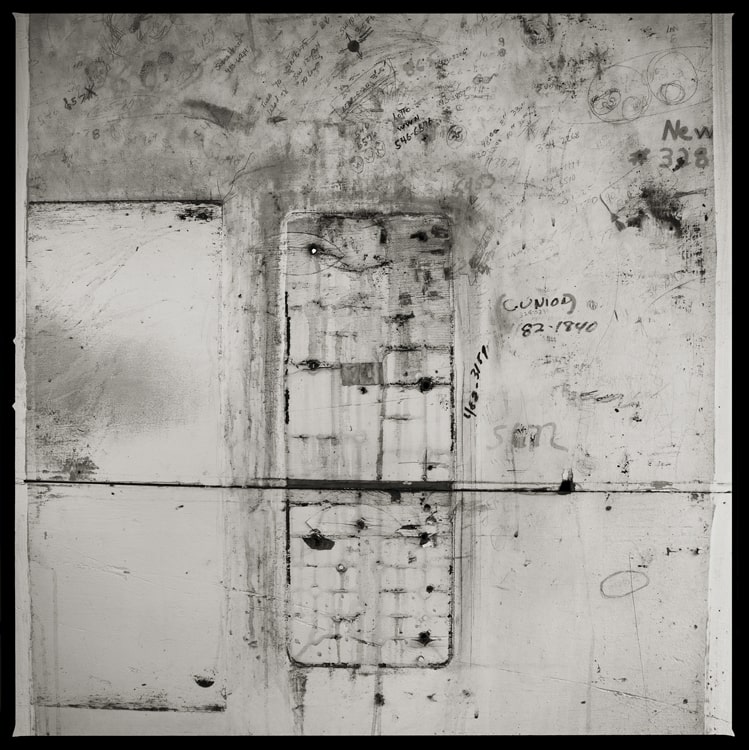
Plans have already been set in place for another aspect of the project, which serves as a public campaign. The installation of multiple outdoor banners throughout Rochester, NY, on construction fences, industry fencing, and Kodak Park’s fencing will provide the awareness to those that would not visit a traditional gallery. We will determine when the appropriate time is to install the fence installation after COVID is under control. The fence installation will contain my photographs and the maps side-by-side to demonstrate the socioeconomics involved in this project. Viewers will be directed to the Felicific Calculus dedicated website RochesterPayphones.com to view more photographs, hear the voice recordings, watch the documentary, and understand how these payphones genuinely act as a life-line.
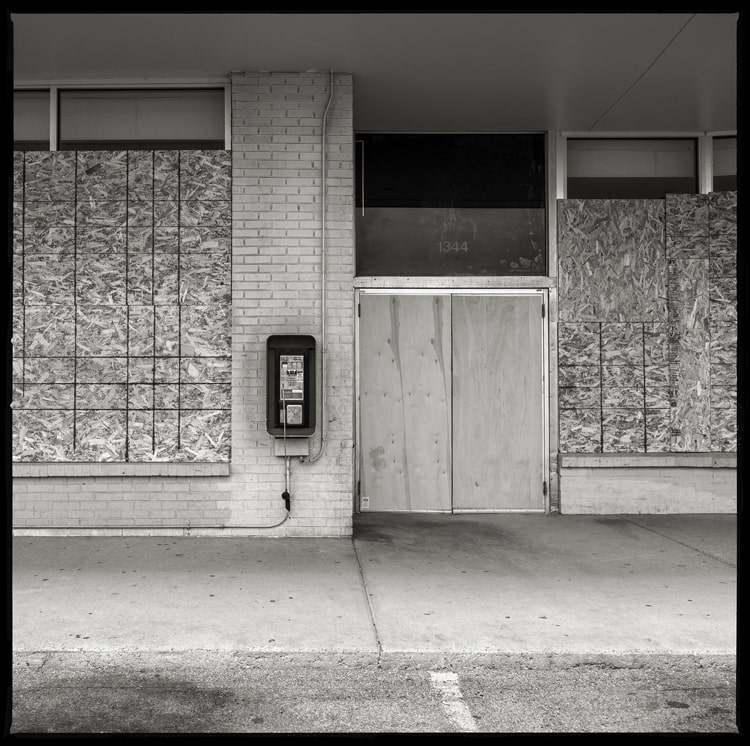
I believe that the public awareness of the lifelines that are disappearing nationwide is just as important, if not more, than the gallery shows. I have already had this work featured as the cover story and a six-page spread by the City Newspaper located in Rochester, NY, and have plans for a fundraiser for our local PBS station with a lecture on this body of work. Once I complete this project on the Rochester, NY payphones, I plan on bringing awareness to other cities that still have individuals relying on payphones, both through exhibiting my work and photographing payphones in other locations.
Like W. Eugene Smith and so many of the great photojournalists of our times, I don’t believe that art, alone, is powerful enough to make a change—but I do believe it can bring an essential spark of awareness to inequities and larger truths in our immediate world.
Until June 5, 2021
CEPA Gallery
FLUX Gallery, FOCUS Gallery and UNDERGROUND Gallery
617 Main Street
Buffalo, NY 14203
Journalism and running an online magazine costs money. Our online magazine is free of advertisements – we finance our costs exclusively from donations. It is unlikely that we will become rich in this way, but that is not our intention either. We do everything out of love and dedication. We are not profit oriented. Support Tagree so that the magazine remains ad-free and the monthly costs can be paid. Yes TAGREE, I love the cultural work you do, I donate to show you my sincere appreciation:




